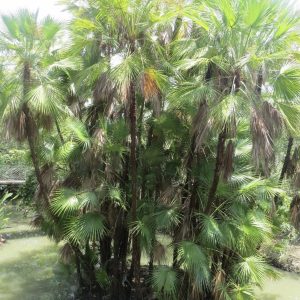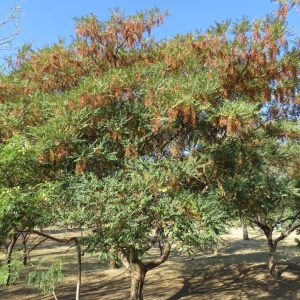Description
White Tabebuia Tree Growth and Characteristic
Tabebuia bahamensis is a medium size tree about 25 feet tall. Bahamensis is found in the wild on the island of Eleuthera. It also occurs in other islands of the Bahamas. Bahamensis is similar in appearance to the pink trumpet tree (t. Heterophylla). It has upright branches and a columnar crown. Additionally, the leaves are palmate in shape with a silvery scaly surface. They are opposite, about 4.5 inches in length, with 3 to 9 narrow elliptical leaflets.
Furthermore, the tree drops its leaves in the spring in advance of peak flowering. Moreover, the white flowers are “trumpet like” with a flared mouth. The flowers are about 2.5 inches long. They are also borne in terminal bunches. Additionally, they flower intermittently over the year. In addition, hummingbirds, bees and other insects are pollinators to the white trumpet flowers: and “bean like” cylindrical pods. Each pod measures 4 by .25 inches long.
White Trumpet Tree Cultivation
The tree has reported medicinal value. In cultivation, White Tabebuia does well on a range of well-drained soils. Importantly, it is frost sensitive and may be affected by thrips. You can control Thrips with a soil insecticide.
Tabebuia bahamensis is an excellent choice for seaside locations or public parks, just like Pink Cassia. White Trumpet tree is an excellent choice for private gardens near patios, along streets and in large planters.




















